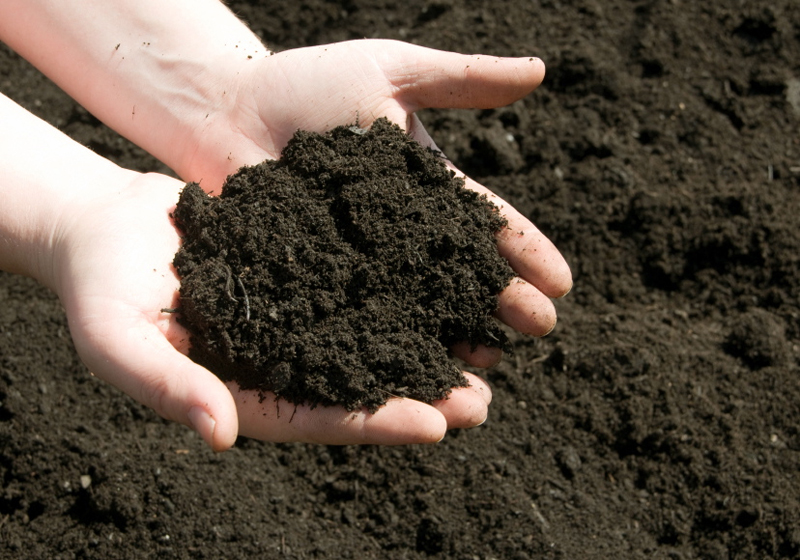Your Garden …with Kate Russell: Give cool weather crops a boost
Published in November 15 – 28, 2017 issue of Gilroy Life
 Odds are pretty high that you reuse the same garden beds and containers, season after season. Over time, the nutrients in those areas get used up. You can replenish the soil by incorporating aged compost, blood meal, cottonseed meal, or commercially prepared fertilizers. These materials are normally applied as a top dressing, and allowed to work their way into the soil naturally. Banding takes this idea one step farther.
Odds are pretty high that you reuse the same garden beds and containers, season after season. Over time, the nutrients in those areas get used up. You can replenish the soil by incorporating aged compost, blood meal, cottonseed meal, or commercially prepared fertilizers. These materials are normally applied as a top dressing, and allowed to work their way into the soil naturally. Banding takes this idea one step farther.
Benefits of banding
Banding refers to the practice of creating a band of fertilizer alongside and a little below the rows of seeds. Banding seeds with these “starter fertilizers” makes valuable nutrients available to early roots, helping seedlings grow faster and bigger. This gives them an advantage over weeds.
Before you start banding
Before jumping on the fertilizer bandwagon (Sorry, I couldn’t resist), learn what is in the soil. You can’t know what to add if you don’t know what is missing. Most Gilroy soil already has an abundance of phosphorus, but yours might not. Adding more could be detrimental to your plants, and it’s a waste of money.
Adding any unnecessary fertilizer also puts the environment at risk. Before adding fertilizer to the soil, find a reputable, local soil test company and submit samples for testing. The results are fascinating and useful. (Over the counter soil test kits are not. Yet.) If your soil already has plenty of everything, banding is unnecessary. If your soil is lacking any of the big three nutrients, banding can help the seeds overcome this handicap.
Choosing the right fertilizer
All fertilizers are required to provide information about the percentage by weight of nitrogen (N), phosphorous (P) and potassium (K). This means a 10-pound bag of 10-20-10 fertilizer contains one pound of nitrogen, two pounds of phosphorous, one pound of potassium, and seven pounds of filler. After you have the results from your soil test, select the best fertilizer for your crop.
Banding at planting time
After removing summer’s bounty and preparing your garden for cool season crops, make two rows for each row of seed, instead of one. One row is for the seeds and should be the recommended depth, depending on the type of plant. The row next to it should be two inches deeper and two inches to the side. Lightly apply fertilizer to the deeper row and plant your cool season crops in the shallower row. Cover both with soil and add water. Before you know it, your cool weather crops will be thriving, all thanks to good information and a little banding.
You can learn more at the South County Teaching and Demo Garden, found at St. Louise Hospital, 9400 No Name Uno. For more information about classes, visit www.mgsantaclara.ucanr.edu/events/ or call (408) 282-3105 between 9:30 a.m. and 12:30 p.m., Monday through Friday.
- Your Garden . . . with Kate Russell: Plant your garden according to watering needs, known as hydrozoning - August 12, 2021
- Your Garden . . . with Kate Russell: Trade in your lawn for a meadow and reduce maintenance chores - July 15, 2021
- Your Garden . . . with Kate Russell: The right soil chemistry balance will go a long way for healthy plants - June 17, 2021
